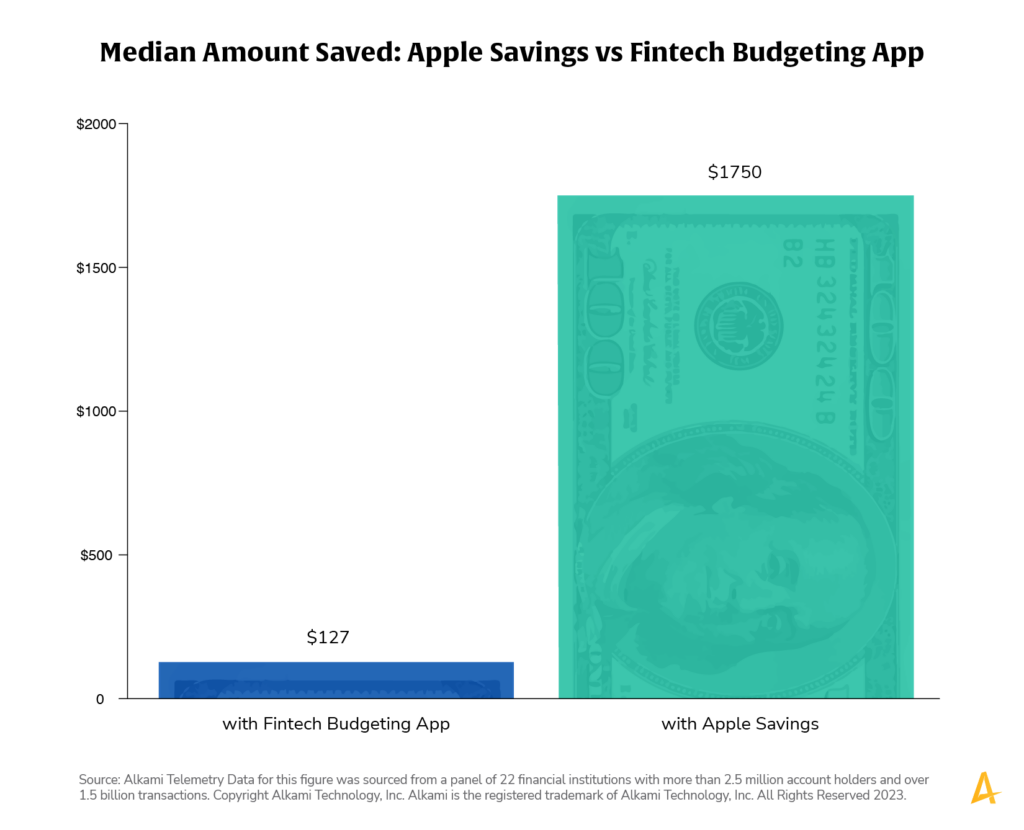
Now is the time for financial institutions to prioritize leveraging technology focused on the financial health of their account holders. Two recent surveys, highlighted below, found a gap between what account holders want — help and guidance — and what their financial institutions are delivering.
The J.D. Power 2023 U.S. Retail Banking Satisfaction Study found account holders are concerned about inflation and an uncertain economy, and it’s affecting both their financial wellness and the relationships with their primary financial institution.
The number of account holders with $10,000 or more in their primary bank declined by 16 percentage points, from 44 percent a year ago to just 28 percent now. Some 30 percent have shifted their deposits to another financial provider. Meanwhile, account holders categorized as “financially unhealthy” rose by 9 percent.
One important finding from the study: Bank customers are struggling, but advice and guidance from their primary financial institution is lacking. The study found just 21 percent of account holders have received financial wellness guidance in the past year, but — and this is key — the ones who have are “significantly more likely to have opened a new account with their primary bank.” Almost half of those who received actionable guidance from their financial institution self reported to have done so.
Those findings are underscored by a Financial Health Network study, recently reported by the Financial Brand, that found account holders who believe their financial institution cares about their financial health are:
Those findings contain a very big caveat — or an opportunity, depending on how you view it. Most account holders, 80 percent, expect their primary financial institution to help them focus on financial wellness. But only 14 percent believe it’s actually happening.
It’s clear. Account holders, especially those who are struggling to navigate in today’s inflationary economy, want help, guidance and options. If struggling account holders feel their financial institutions have their backs, it will naturally enhance loyalty, increase retention and ultimately boost the institution’s bottom line.
Fintechs are coming to market with new alternatives by the day. Emerging players like Mint, Rocket Money and more are supporting their users’ financial health, and once in the app, users find relevant offers for more financial products. It’s opening the door to account holder attrition right under their primary financial institution’s nose.
Financial services marketing presence on social media is becoming so prevalent that there’s even a new word for it: Finfluencers. Short video platforms are becoming a powerful resource for financial wellness advice with some hashtags racking up billions of views. Fintechs are able to tap into these industry-specific influencers by making them paid spokespeople for their products. But, shouldn’t financial advice be coming from one’s primary financial institution rather than a “random,” possibly credential-less person online?
Banks and credit unions need to deliver a personalized experience, backed by data, that empowers account holders with self-service tools, ongoing education, credit score monitoring, and personalized, actionable advice as they work to achieve financial success.
Megabanks like Bank of America (BoA) are offering digital financial wellness tools. Launched in 2020, their Life Plan digital tool is currently being used by 10 million of their account holders, who in turn have added $55 billion to their BoA accounts, as of December 2022. The goal of Life Plan, according to BoA, was to provide account holders with personalized insights into their financial goals and strategies to help achieve them.
You don’t have to be a megabank to offer these services to account holders. Regardless of asset size, it’s possible for every financial institution to help their account holders get a handle on their finances. It’s an opportunity financial institutions can’t afford to miss. So how can financial institutions deliver a best-in-class financial wellness experience within digital banking?
Find a partner that offers some of the best tools on the market:
Credit score solutions. Account holders should be able to see their credit score at a glance, but that’s just the first step. They need an analysis of what goes into their credit score, with personalized information about what impacts their rating, a detailed report of payment history and credit usage, and what they can do to boost that all-important number.
Savings goals. The right tool should help users track and realize their savings goals, whether it’s a down payment on a new car or home, an emergency fund for a rainy day, a home remodel, a trip of a lifetime, or retirement.
Spending analysis and budget tools. Tracking digital banking users’ spending habits is not only vital data for financial institutions, but for the account holder. It’s so easy for money to go down the drain, derailing savings and threatening financial health and wellness. When users can see exactly where their money is going — how many entertainment subscriptions do I have? — it’s easier for them to get back on track.
Financial education.Short articles or videos about financial basics within a library of educational content is a powerful way to boost engagement.
Personalized financial guidance and coaching. Start by encouraging digital banking users to take the Financial Health Network’s FinHealth Pulse survey, a nationally-benchmarked survey, to better understand their own financial well-being and discover actionable “next steps.” Then, institutions should be delivering financial management resources and tools to all account holders, as well as personalizing outreach and offers to those in particular need of guidance.
These types of tools are especially attractive to Generation Z (Gen Z/Gen Zers). A strong percentage, 20 percent of Gen Z, are somewhat or very likely to use an AI-powered financial advisor, compared with 18 percent of millennials, 17 percent of Gen Xers, and 9 percent of baby boomers, per a Yahoo Finance/Ipsos survey.
Financial institutions could be missing an opportunity with the Gen Z audience. Experts predict a massive upcoming transfer of wealth from the silent generation, baby boomers and Generation X (Gen X/Gen Xers) to not only Gen X and millennials, but to Gen Z as well. Capturing their business now helps hold onto their share of wallet. While baby boomers have more wealth and millennials are greater in population, Gen Zers are estimated to have $360 billion in spending power, and that’s not all. Just entering adulthood and already thinking about saving for retirement, this younger generation is thoughtful about their finances. Another prime area for advice and guidance from their financial institution.
There’s just one complication for financial institutions…Gen Z is also the least likely generation to stay loyal to their financial institution and the most likely to cherry-pick solutions they can find in an instant on their smartphones. For an in depth look at attracting Gen Z account holders, click here.
How should financial institutions begin to dig into their account holders’ financial wellness? Using data is the place to start.
Leverage data. Use account holder transaction data to segment and target messaging.
Generate insights. Using data, you can analyze spending patterns, hedge against insufficient balances, and flag unexpected payments.
Offer advice. Find the right loan. Use credit cards wisely. Plan a budget. Increase savings. Improve spending habits.
Take action. Tailor budgeting and money management tools. Create investment awareness. Automate savings. Support financial goals for major life events. Offer hyper-personalized products and services. Set up payment alerts.
By offering these features, financial institutions can demonstrate their care about their account holders’ financial journey, not just today, but into the future. Discover more about Alkami’s financial wellness solutions.
